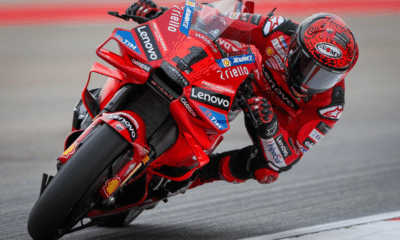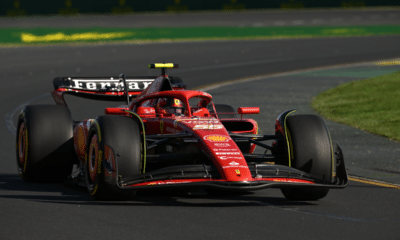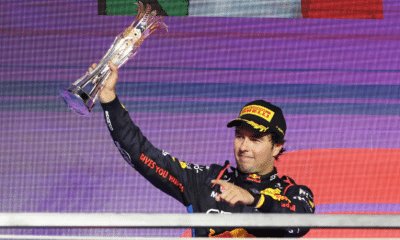
“Beyond the limit of what was acceptable for driving,” Mercedes driver George Russell said after Sunday’s Qatar Grand Prix.
Russell was one of many drivers who found it nearly impossible to handle the extreme conditions during the 57-lap race at the Losail International Circuit.
Qatar celebrated a new 10-year F1 race contract for the circuit a few months ago.
However, the safety of drivers has been called into question after temperatures in the cockpit neared 50 degrees Celsius according to CNN. The race was held during the country’s summer period.
Grand Prix winner Max Verstappen and second-placed Oscar Piastri both sat down to catch their breath before the post-race interview session with David Coulthard.
The sport’s tyre supplier Pirelli said track temperatures did not drop below 36 degrees Celsius during the race. Bear in mind the event took place at night. According to Sky Sports, the Losail International Circuit’s high-speed nature and its aggressive kerbs put heavy stress on the tyres.
FIA single-seater director Nikolas Tombazis clarified the kerb setup used by the Qatari, he told Sky Sports: “To be clear, the kerb used is of an FIA specification, the track has done a good job to put it together, all of the surfacings, we’ve got no complaint against the track.”
Alpine’s Esteban Ocon was severely dehydrated to the extent that he vomited in his helmet during the race after just 16 laps. The Frenchman said: “That was the hardest-fought point that I’ve ever had to fight for,” Ocon said after the race.
“I was feeling ill, lap 15, 16, I was throwing up for two laps inside the cockpit,” he said.
American driver Logan Sargeant called time on his race after 41 laps citing dehydration.
Aston Martin driver and two-time world champion Fernando Alonso demanded the technicians throw water over him during a pitstop.
The drivers were told they were to make three mandatory pit stops due to the tyres only lasting around 18 laps. It meant the drivers were pushed to the extreme on every lap. Many in the paddock saw the rule as a contributing factor to the physical exhaustion faced by the 20 drivers.
Three drivers voluntarily sought medical intervention after the race. One of those was Williams’ Alex Albon. The combination of factors including the heat, high-speed nature of the track, humidity, and the amount of G force the drivers dealt with was cause for concern.
The FIA stated after the outcry from drivers and said:
“The FIA notes with concern that the extreme temperature and humidity during the 2023 FIA Formula 1 Qatar Grand Prix had an impact on the well-being of the drivers,” the governing body said in a statement released on Monday, 9 October.
“While being elite athletes, they should not be expected to compete under conditions that could jeopardise their health or safety.
“The safe operation of the cars is, at all times, the responsibility of the Competitors, as with other matters relating to safety such as circuit infrastructure and car safety requirements, the FIA will take all reasonable measures to establish and communicate acceptable parameters in which Competitions are held.”
Let’s hope drivers’ health is taken more seriously the next time they face a barrage of similar circumstances.

























